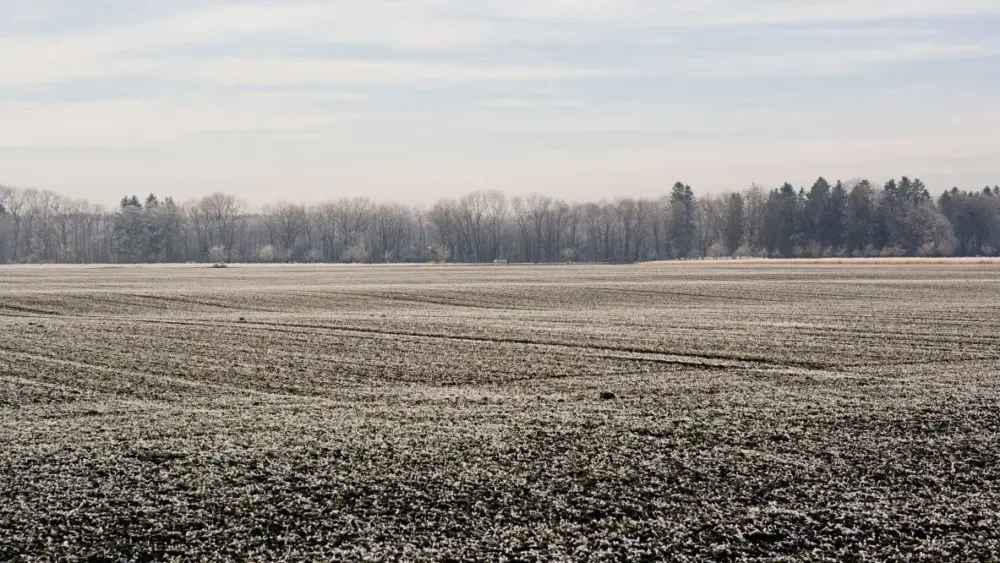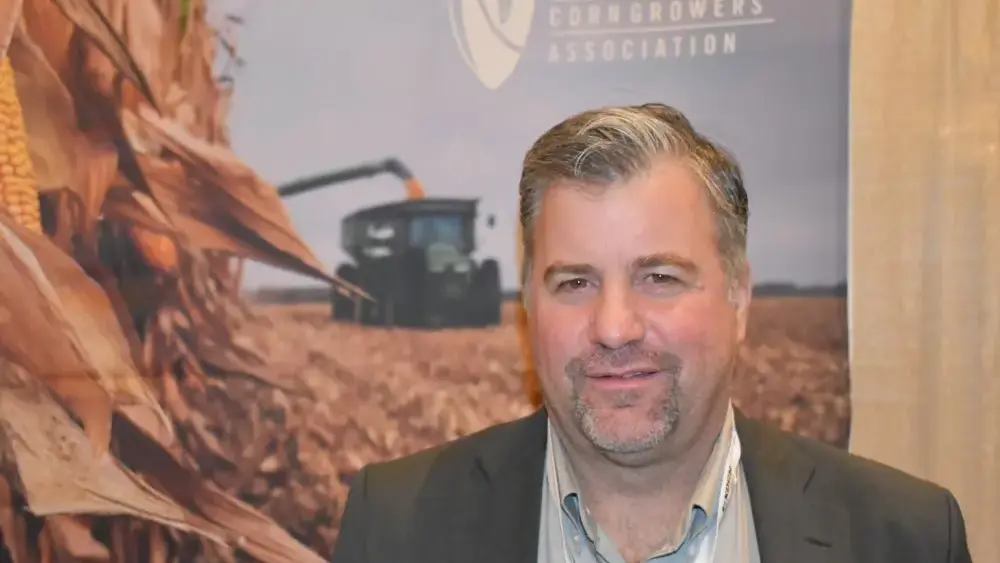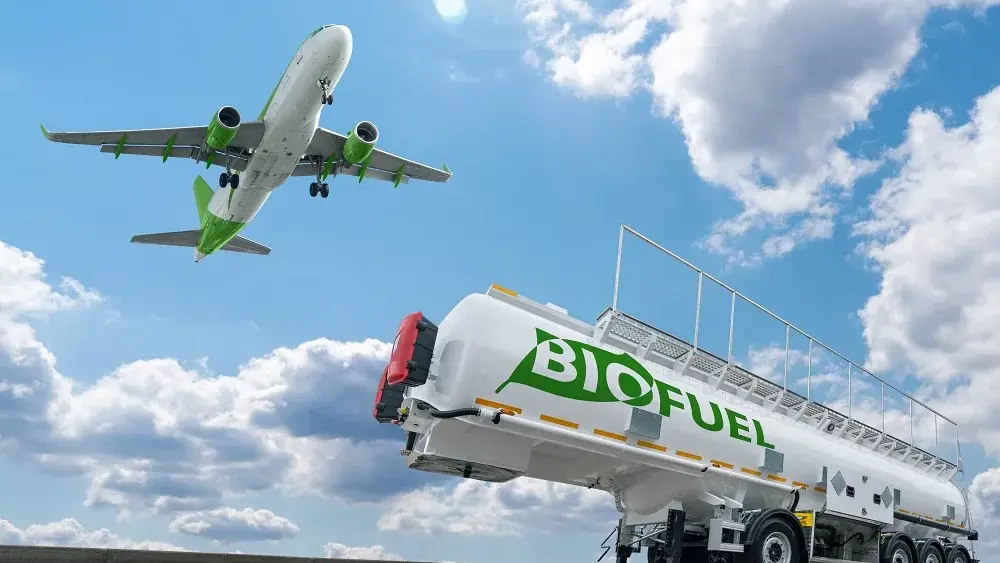
The Small Business Administration (SBA) has issued an Interim Final Rule (IFR) concerning sole proprietors who want to participate in the Paycheck Protection Program (PPP). Even though the guidance document has yet to be published in the Federal Register, SBA has released the guidance on its website, which can be viewed here.
According to Michigan Farm Bureau National Legislative Counsel John Kran, the ruling is effective immediately but can be changed based on public comments. He says Farm Bureau plans to file comments on the IFR once the 30-day comment period is opened following publication in the Federal Register.
The IFR provides information on these topics:
- Eligibility: Clarifies that self-employed individuals who were in business on Feb. 15, 2020, are eligible provided the individuals’ principal place of residence is in the United States and files a Schedule C Profit or Loss from Business.
- Most farmers file a Schedule F, “Profit or Loss from Farming.” While it may be reasonable to assume that the Schedule F will be treated the same as Schedule C, AFBF is requesting clarification.
Guidance for partnerships is also included. Receipt of a PPP loan will impact the ability of an individual to claim unemployment.
- Calculation for loan: Explains how to calculate maximum loan amounts. The maximum amount that may be borrowed will be based on net profit, line 34 on the Schedule F or line 31 on Schedule C. However, if the sole proprietor has employees, employee payroll costs can be added to the net profit number.
- Using loan: Explains how PPP loans are to be used:
- Owner compensation replacement, payroll costs, mortgage interest payments and other interest payments to support the ongoing businesses in a way similar to way expenditures were made in 2019.
- Payroll limitations: Continues the requirement that 75% of PPP loans must be used to cover payroll costs.
- Farm Bureau is requesting that owner compensation count toward the 75% payroll calculation.
- Loan forgiveness: Explains the amount of the loan that will be forgiven is for eight weeks of employee wages/some benefits, eight weeks of owner compensation replacement based on 2019 net profit, mortgage interest and interest on other business property, rent and utilities.
- This will be problematic for farmers and ranchers who did not report a profit last year. AFBF is considering additional methods to expand eligibility for these farmers and ranchers, including an option to use equipment profits recorded on IRS Form 4797.
Farmers should consult with their accountant, tax preparer and/or financial advisor about the application of the IFR to their particular situation, advises Kran.
“We have heard from multiple agency and lender sources that the PPP funding could soon be exhausted,” Kran said. “However, SBA is advising businesses to continue applying for PPP loans, even if the funding runs out. SBA is creating a virtual queue to hold a business’ place in line once Congress replenishes PPP funding.”
According to Kran, Farm Bureau continues to work with the Administration to secure additional funding for PPP.
Additional resources
USDA has published a FAQ website about a multitude of COVID-19 related concerns for farmers and ranchers including a section on PPP. The USDA website is https://www.usda.gov/coronavirus.
The SBA and Treasury Department released the following resources. Please review these links for more specific information:
Federal Register: SBA’s First Interim Final Rule on Paycheck Protection Program
SBA Interim Final Rule for Sole-Proprietors
Treasury FAQs on Paycheck Protection Program (updated on April 14, 2020)
PPP Borrower Application Form (Updated April 2, 2020)
Michigan Farm Bureau and Michigan Farm News are committed to providing its members and readers with the latest news and information on the COVID-19 pandemic. For news, updates and resources, visit https://www.michfb.com/MI/Coronavirus/. The page will be updated daily as more information becomes available.





